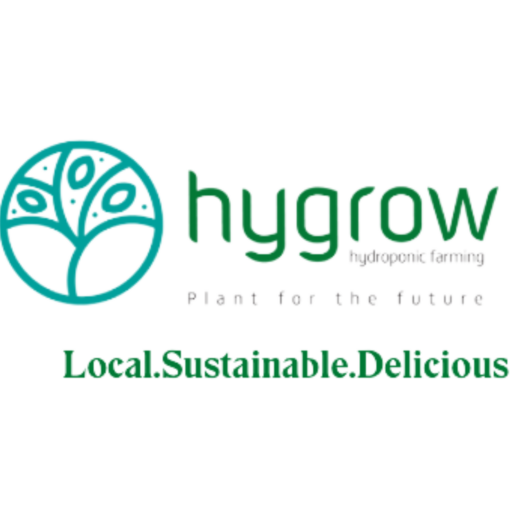
Vertical farming and Food security
As the global population burgeons, reaching nearly 8 billion people, the challenge of ensuring food security for everyone becomes increasingly complex. Traditional agricultural practices are grappling with issues such as climate change, soil degradation, and water scarcity. In this scenario, vertical farming emerges as a beacon of hope, offering a sustainable and innovative solution to feed the world while addressing the challenges of the 21st century.
Maximizing Yield in Limited Space:
One of the fundamental advantages of vertical farming lies in its ability to make the most of limited space. In a world where urbanization and population density are on the rise, arable land is a precious commodity. Vertical farming allows crops to be cultivated in vertically stacked layers, enabling efficient land use. Skyscrapers, once dedicated solely to office spaces and residential units, are now being repurposed as vertical farms, producing food where space is at a premium.
Year-round Harvests and Climate Resilience:
Traditional farming is heavily reliant on seasonal patterns and is susceptible to the whims of climate change. Vertical farms, with their controlled indoor environments, provide a solution by allowing year-round cultivation regardless of external weather conditions. This climate resilience is crucial in the face of erratic weather patterns and helps ensure a consistent food supply.
Reducing Environmental Footprint:
Vertical farming’s closed-loop systems, including hydroponics and aeroponics, use significantly less water than traditional agriculture. Additionally, the controlled indoor environments minimize the need for pesticides and herbicides. As the world grapples with environmental degradation and strives to meet sustainability goals, vertical farming stands out as an eco-friendly alternative.
Localizing Food Production:
Globalization has connected the world in unprecedented ways, but it has also made food supply chains vulnerable to disruptions. Vertical farming supports the movement toward localizing food production, reducing dependence on long and intricate supply chains. By growing food closer to urban centers and population hubs, vertical farming enhances food security by minimizing the risks associated with transportation and distribution.
Technological Advancements:
The integration of cutting-edge technologies is a hallmark of vertical farming. Automated systems, IoT sensors, and artificial intelligence contribute to efficient resource management, ensuring optimal conditions for plant growth. These technological advancements not only boost productivity but also position vertical farming as a symbol of innovation in agriculture.
Addressing Global Hunger:
While vertical farming holds promise for developed nations seeking sustainable agriculture solutions, its impact is perhaps most profound in addressing global hunger. In regions where access to arable land is limited, and traditional farming faces numerous challenges, vertical farming provides a lifeline. Its potential to grow food in diverse climates and environments can play a pivotal role in global efforts to eradicate hunger and malnutrition.
Challenges and the Path Forward:
Despite its promise, vertical farming faces challenges, including high initial costs, energy consumption, and public perception. Addressing these challenges requires a concerted effort from researchers, policymakers, and industry stakeholders. As technology advances and best practices emerge, vertical farming has the potential to become a cornerstone in the quest for global food security.
Conclusion:
In the pursuit of feeding a growing population in a sustainable and resilient manner, vertical farming emerges as a transformative force. By maximizing space, minimizing environmental impact, and embracing technological innovation, vertical farming is not just a solution for today; it is a key player in securing a food-abundant future for generations to come. As the world grapples with the complexities of agriculture in the 21st century, the vertical farming revolution is a beacon of hope, illuminating the path towards global food security
